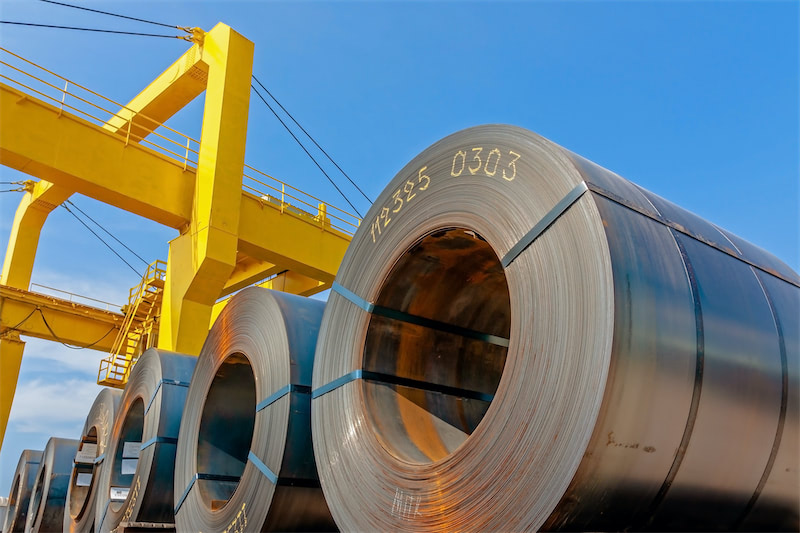






As announced on January 15, 2024, European Lithium is expanding its Saudi Arabian lithium hydroxide plant capacity through a joint venture with the Obeikan Group. This collaboration is set to double the plant’s output from 10,000 to 20,000 tonnes per annum, with a 50:50 ownership structure. The establishment of this joint venture company and shareholder agreement is expected to be completed by Q1 2024.
This Saudi Arabian facility will process lithium spodumene concentrate, primarily sourced from European Lithium’s Wolfsberg Project in Austria.
The Wolfsberg Project, according to its Definitive Feasibility Study (DFS) in March 2023, is projected to supply 780,000 tonnes of ore, or 69,100 tonnes of spodumene concentrate, annually over 14.6 years, with the project completion targeted for December 2026. Notably, the DFS had previously outlined the plan of establishing a local hydrometallurgical plant producing 8,834 tonnes of lithium hydroxide monohydrate per year. Given this week’s announcement, the focal point of lithium hydroxide production may have been shifted oversea to Saudi Arabia.
After being produced in Saudi Arabia, the lithium hydroxide will then be sold to BMW under a pre-existing offtake agreement between BMW and European Lithium.
According to the statement in 2022, this agreement includes a prepayment of US$15 million from BMW, for the supply of approximately 50,000 metric tonnes of battery grade lithium hydroxide, commencing in the first year at around 2026 with 5,000 metric tonnes, and 9,000 metric tonnes each year thereafter until 2031.
Several concerns or questions emerge from the existing public information.
Firstly, the currently determined output from the Wolfsberg Project may not fully meet the expanded capacity of the hydroxide plant. European Lithium has suggested sourcing additional concentrate from either the Wolfsberg Project’s Zone 2 (whose drilling activities are to commence in Q2 2024), or the market. This raises concerns about whether the joint venture can ensure adequate feedstock and the financial return of doubling the plant’s capacity, especially given the potential lithium feedstock price fluctuations in the market.
Adding to that, European Lithium presents a rather tight schedule for its mining project construction, the Saudi Arabian facility construction, as well as the commencement of the BMW offtake agreement, which might potentially lead to delays in the final product supply.
Finally, BMW faces a potential dilemma in this arrangement. As Saudi Arabia now being the crucial mid-point in this critical battery material production, European Lithium and BMW’s narratives of securing European supply chain might not be fully aligned or realized.
Overall, while European Lithium’s expansion strategy presents significant opportunities, it also brings forth challenges and uncertainties that could impact the company’s operational efficiency and stakeholders’ expectations in the evolving lithium market.
Author: Hongqiu Su | Battery Metals Analyst Associate | London Office, Shanghai Metals Market
Email: lilysu@smm.cn
For queries, please contact Lemon Zhao at lemonzhao@smm.cn
For more information on how to access our research reports, please email service.en@smm.cn

